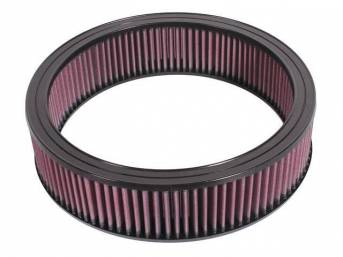


The bulkhead/frame relative deflections and associated nominal stresses should be established from a beam or shell element model of the region under consideration.

Stiffener lugs connected to transverse frames/bulkheads are a typical case where such calculations are required. At least one section at a transverse bulkhead shall be analyzed.įatigue screening, using global or part-ship models, in order to ensure that areas other than those analyzed have satisfactory fatigue lives.įatigue calculations using stress concentration models may be necessary for fatigue-sensitive areas where adequate geometric stress concentration factors, K, do not exist. Results from dynamic sea pressure calculations at waterline should be the basis for selection of cross-sections.

Load component-based fatigue analyses for a minimum of five sections along the vessel. Typical fatigue calculations to be performed in this phase are: At the completion of this phase an overall understanding of the hull fatigue performance should be achieved. Therefore, screening analysis is important for identifying areas prone to the most fatigue for further analysis. A suitable selection of details will be analyzed to ensure that the worst of equal local details meets the fatigue requirements. The fatigue design phase is used to document the estimated fatigue capacity for a selection of structural details. Yong Bai, Wei-Liang Jin, in Marine Structural Design (Second Edition), 2016 4.6.2 Fatigue Design Phase It can be seen in Table 4.2 that the utilisation at − 40☌ is about twice as high as compared to the other considered conditions. If the stress is calculated as percentage related to the fatigue resistance, a utilisation factor is obtained which describes how far the adhesive is from fracture. This leads to a high stress σ = εE at low temperature but to a low stress at high temperature. Considering the elastic modulus E of the adhesive, it can be seen that the adhesive is stiff at low temperature but soft at high temperature. It is highest at low temperature but lowest at high temperature/moisture. The resistance σ 1 000 000 of the adhesive is calculated from the S–N curve using parameters from Table 4.1. Consider a piece of adhesive which is loaded 1 × 10 6 times with a constant strain of ε = 0.1% in cyclic tension at three different temperatures as given in Table 4.2. This is not true due to the temperature-sensitivity of the elastic modulus of the adhesive. Figure 4.3 may suggest that low temperatures are generally less severe to the fatigue resistance than high temperatures.


 0 kommentar(er)
0 kommentar(er)
